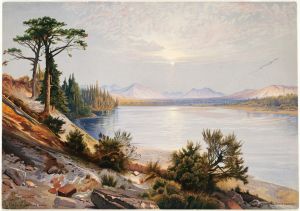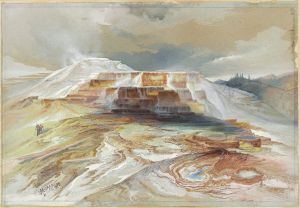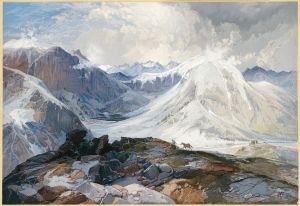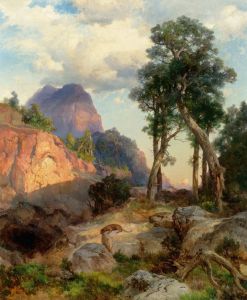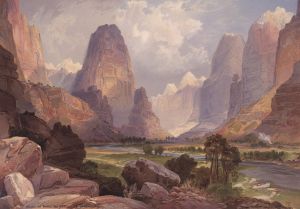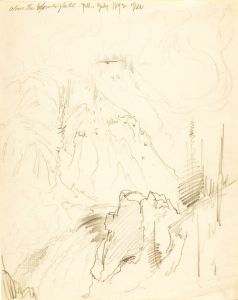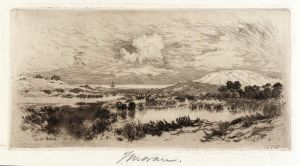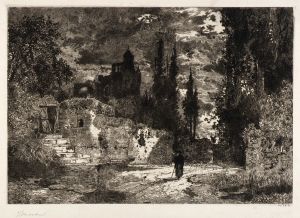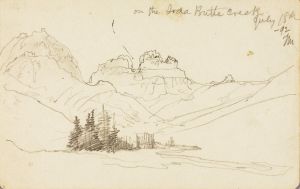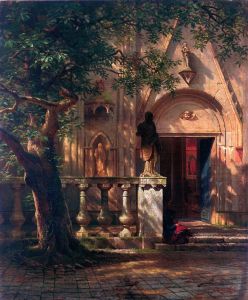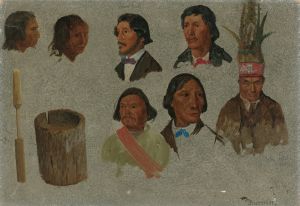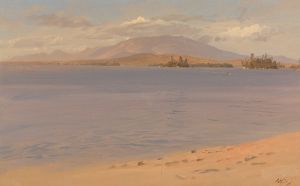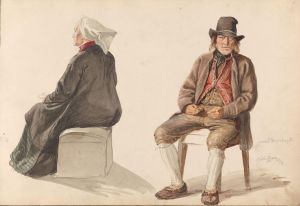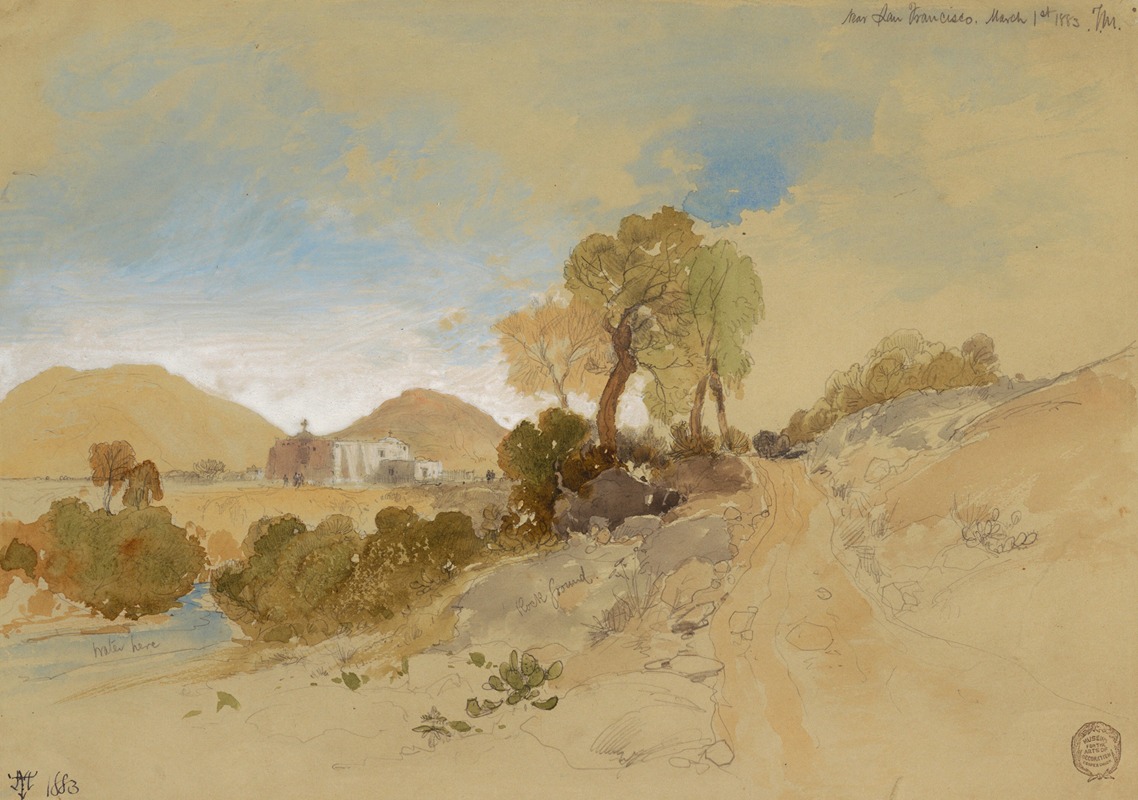
Near San Francisco, Mexico
A hand-painted replica of Thomas Moran’s masterpiece Near San Francisco, Mexico, meticulously crafted by professional artists to capture the true essence of the original. Each piece is created with museum-quality canvas and rare mineral pigments, carefully painted by experienced artists with delicate brushstrokes and rich, layered colors to perfectly recreate the texture of the original artwork. Unlike machine-printed reproductions, this hand-painted version brings the painting to life, infused with the artist’s emotions and skill in every stroke. Whether for personal collection or home decoration, it instantly elevates the artistic atmosphere of any space.
"Near San Francisco, Mexico" is a painting by the renowned American artist Thomas Moran, known for his significant contributions to the Hudson River School and the Rocky Mountain School of landscape painting. Moran was born in 1837 in Bolton, England, and immigrated to the United States with his family in 1844. He became one of the most prominent landscape painters of the 19th century, celebrated for his depictions of the American West.
Thomas Moran's work is characterized by its romantic and dramatic portrayal of natural landscapes, often emphasizing the sublime beauty and grandeur of the American wilderness. Although Moran is best known for his paintings of the Yellowstone region and the Grand Canyon, he also created works depicting other locations, including scenes from Mexico.
"Near San Francisco, Mexico" is one such painting, showcasing Moran's ability to capture the essence of a landscape with vivid colors and meticulous attention to detail. The painting reflects Moran's interest in the diverse and picturesque landscapes of North America, extending beyond the United States to include regions in Mexico. This work exemplifies Moran's skill in using light and color to convey the atmosphere and mood of a scene, a hallmark of his artistic style.
The painting likely depicts a scene from the area around San Francisco de Asís, a location in Mexico, rather than the more commonly known San Francisco in California. Moran's travels to Mexico provided him with the opportunity to explore and document the country's varied landscapes, which were less familiar to American audiences at the time. His works from this period often highlight the unique topographical and cultural elements of the Mexican landscape.
Moran's paintings, including "Near San Francisco, Mexico," played a significant role in shaping public perceptions of the American and Mexican landscapes during the 19th century. His art not only captured the beauty of these regions but also contributed to the growing appreciation for landscape painting as a significant genre in American art.
Throughout his career, Moran's work was influenced by his contemporaries and the broader artistic movements of his time. He was associated with the Hudson River School, a group of artists known for their romantic portrayal of the American landscape, as well as the Rocky Mountain School, which focused on the western United States. Moran's paintings often reflect the ideals of these movements, emphasizing the majesty and spiritual qualities of nature.
Thomas Moran continued to paint and travel throughout his life, leaving behind a legacy of works that continue to be celebrated for their artistic and historical significance. "Near San Francisco, Mexico" remains an important example of Moran's exploration of landscapes beyond the American frontier, showcasing his ability to capture the diverse beauty of the natural world.





